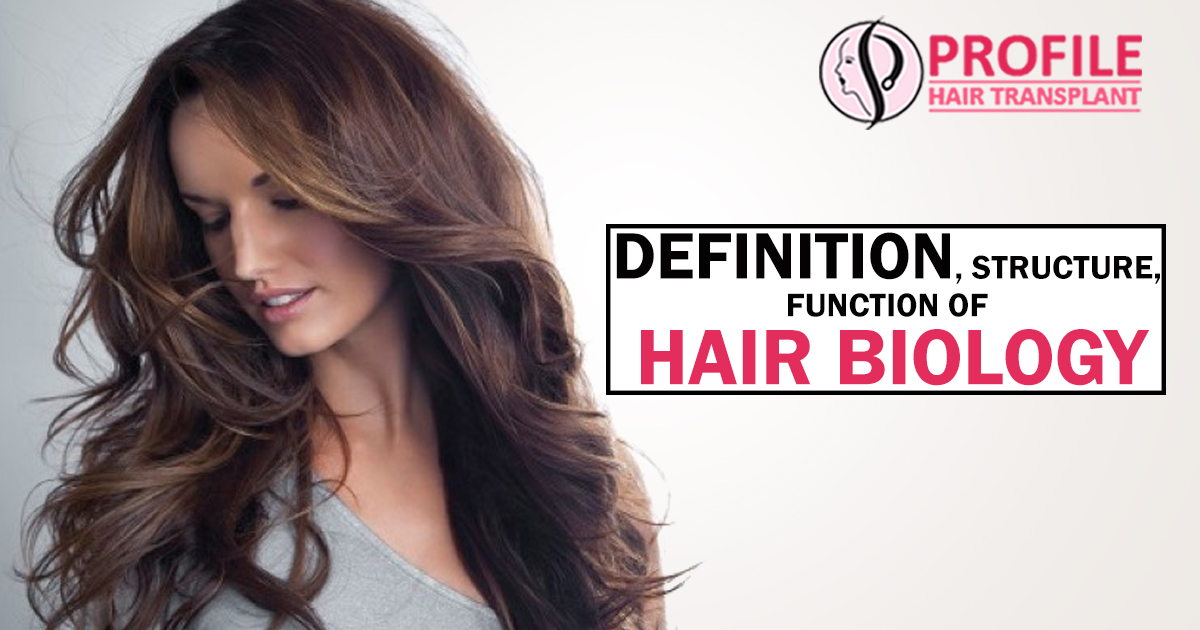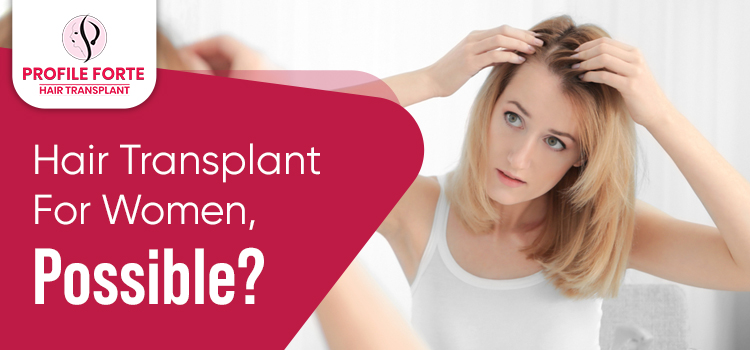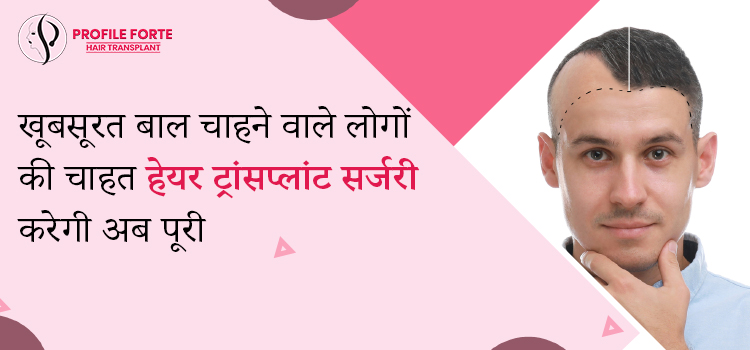Hair Structure
Before hair development can start, a hair follicle must first be made: The germinating layer of the epidermis begins becoming down into the dermis and structures the outside of every hair follicle. The dermis at that point develops upwards into the base of the follicle to shape the dermal papilla. This allows capillaries to enter the papilla and give supplements to the hair shaft to develop. The base piece of the follicle expands into a zone of effectively developing cells. This is called the hair bulb. At the base of the hair bulb, the growing layer converges into the outer root sheath.
The external root sheath at that point shapes the germinal matrix, which encompasses the dermal papilla. The germinal framework develops the inner root sheath. The germinal framework likewise contains immature microorganisms these develop the hair shaft through steady cell division, which persistently pushes more established cells upwards. Be that as it may, as they climb through the follicle, they start to change shape, and a protein called keratin develops inside the cells. Three unique kinds of hair cell at that pointed shape. When these cells are 33% of the route up the follicle, they have passed on and completely solidified. A sebaceous gland lies inside every follicle. This creates a slick substance called sebum from a channel which opens up into the hair follicle about mostly down from the skin surface. The follicle additionally has a bulge directly underneath the sebaceous organ in the external root sheath at the connection purpose of the arrector pili muscle.
The Phases of the Hair Growth Cycle
Anagen (Hair Growth) Phase
The anagen, or developing, a stage is the initial segment of the hair development cycle. Amid the anagen stage, cells of the knob isolate quickly, bringing about new hair development. The anagen stage endures somewhere close to two and seven years. The length of the anagen stage decides the most extreme hair length. For instance, individuals who have long hair have a long anagen stage.
Catagen (Transition) Phase
After the hair development stage enters the catagen stage. This short, transitional stage just keeps going a little while. Amid the catagen stage, the hair quits developing and segregates itself from the blood supply. The hair progresses toward becoming what is known as a club hair.
Telogen (Resting) Phase
The telogen, or resting, stage pursues the catagen stage. Amid the telogen stage, the club hair rests while another hair starts to develop underneath it. This new hair will, in the long run, replace the club hair. The telogen stage goes on for three months, and 10-15% of all hairs are in this stage at any one time.
Exogen (Hair Shedding) Phase
The exogen, or hair shedding, a stage is the last piece of the hair cycle. Amid the exogen stage, the resting club hair isolates and drops out. Each hair in the long run sheds, and it’s totally typical to lose 50 to 100 hairs every day. Moreover, this is also known as a hair loss phase.




